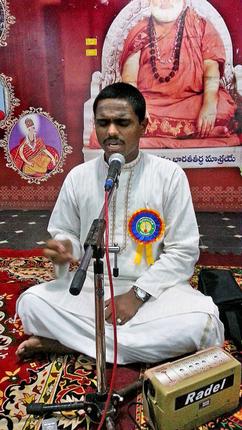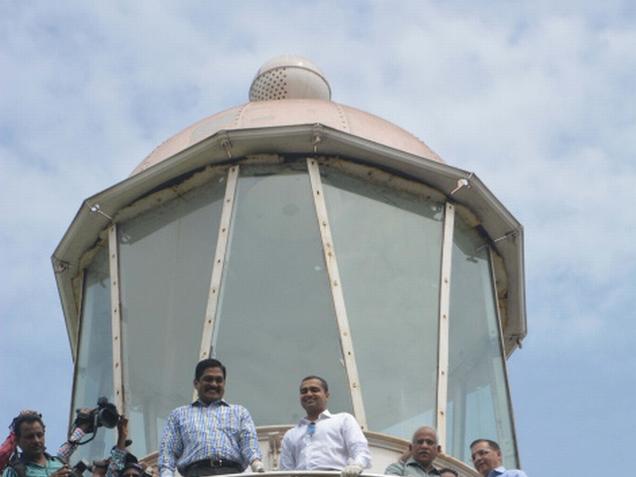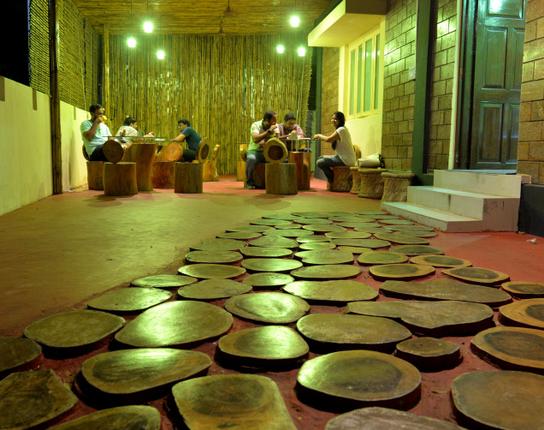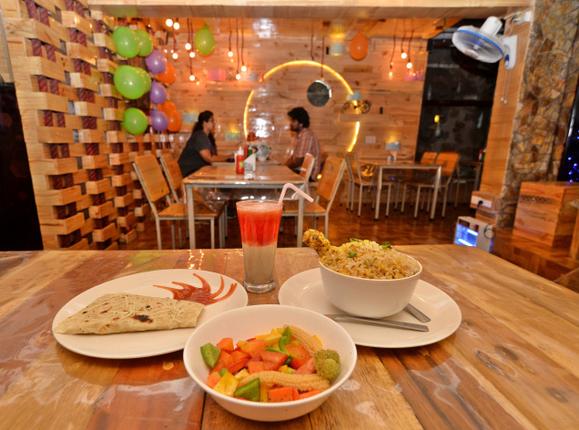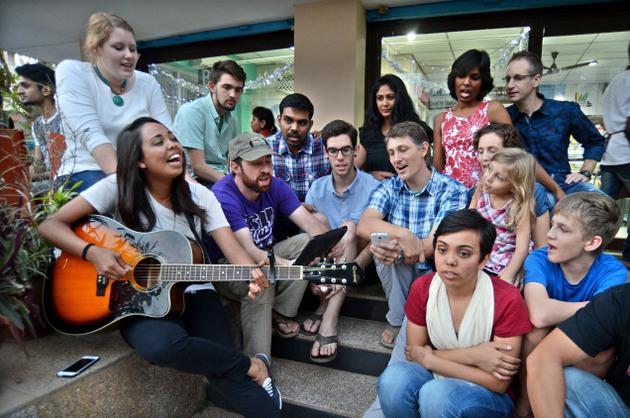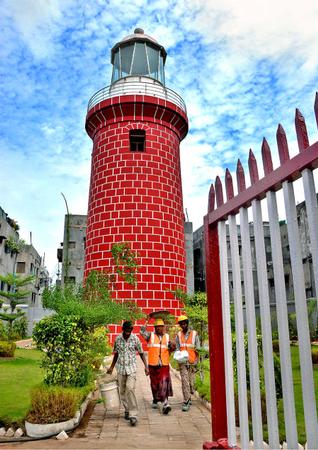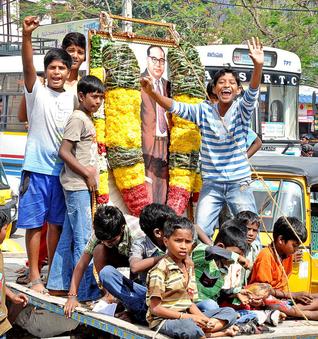
Palaparthy Sandhya Rani’s book ‘Winners In Struggle of Life…’ inspires all to face the challenges in life with a smile and courage writes Neeraja Murthy.
Over the last few years, suicides committed by young students have been on the rise. What is disturbing is that some of these students decide to end their lives over inconsequential, petty things. “These students commit suicide in a momentary lapse of reason leaving their parents in unfounded agony. If only they think of the challenges that disabled youth face, they will know how to face upheavals in life, one needs a smile and courage. Suicide is not the answer,” states writer Palaparthy Sandhya Rani sitting in her modest apartment in Safilguda.
Her new book Winners In Struggle of Life… tells the stories of disabled individuals who have emerged winners in different fields.
In fact Winners…’ is the English version of her Telugu book Vijetalu Jeevita Poratamlo launched in 2014.
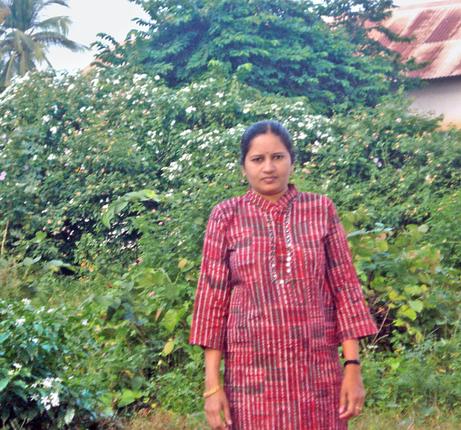
A native of Bapatla, Sandhya hails from a family of literary persons and social workers. “My father’s aunt Kanuparthi Varalakshmamma was a freedom fighter and social worker who fought against child labour and child marriages. The Stree Hiteshwari Mandali which runs even now was established by her. As a child, I was surrounded by people and relatives visiting our house,” recalls Sandhya. She adds that even her father was a helpful person. “When we moved to the north due to my father’s railway job, he would enquire about others’ wellbeing. Since it was also a new place and an alien language for other railway employees, after returning from work, he would go around the colony to check if anyone needed anything.” Her father’s cousin Anubandha Ramprasad Palaparthy, who used to write with ‘Prasad’ as his pen name was an editor and writer of historical novels. With an illustrious lineage, Sandhya says her writing skills came naturally.
As a young mother, Sandhya would write about the joy of motherhood in her personal diary. “I showed my writings to my friends, who encouraged me to write more,” she recalls with a smile. In 2006, she wrote her first poem ‘Sagatu Manishi’ which got published in a government magazine. This paved the way for her journalistic writing career and she began freelancing for Telugu newspapers and magazines like Andhra Prabha, Varta, Andhra Jyoti, Prabhata Nestam, and Teja. “Except politics, I would write on different topics and would try to bring in a new angle to the story. For the nine days of Dasara, I would write on things like which goddess to be worshipped on which day, which prasadam to make or why we should do the puja on the 10th day also…,” she explains.
Sandhya’s writings also included interviews of women television and film artistes and those who have made a mark. In 2011, she found a change in her enthusiasm levels. “I would constantly hear about educated young women committing suicides. I found it too depressing and as a parent, I understood the pain and agony of other parents. I wanted youngsters to think for a minute whether the problem is so big that you have to die,” she states with anguish and adds, “I wanted to write about the disabled youth and their success stories. They are dependent and face the challenges with a smile and positive outlook.”
For her research, Sandhya met disabled individuals from across India. The book includes profiles of these individuals whose handicap have not come in the way of their will to succeed. She also exhorts parents to be balanced in their approach. “Some parents do not support their daughters when they face a tough time. They care more for the society and ask her to adjust,” she points out.
Sandhya hopes her book will bring in a change in the mindset of youngsters. “In life, we win some, we learn some. One should think of challenges as lessons and not be scared of them. For once, think of the people who love you, and life, once gone, will not come back again.”
(The book ‘Winners in struggle of life…’ is priced at Rs. 125. For copies, contact 99853 51719)
source: http://www.thehindu.com / The Hindu / Home> Features> Friday Review / by Neeraja Murthy / July 02nd, 2015
